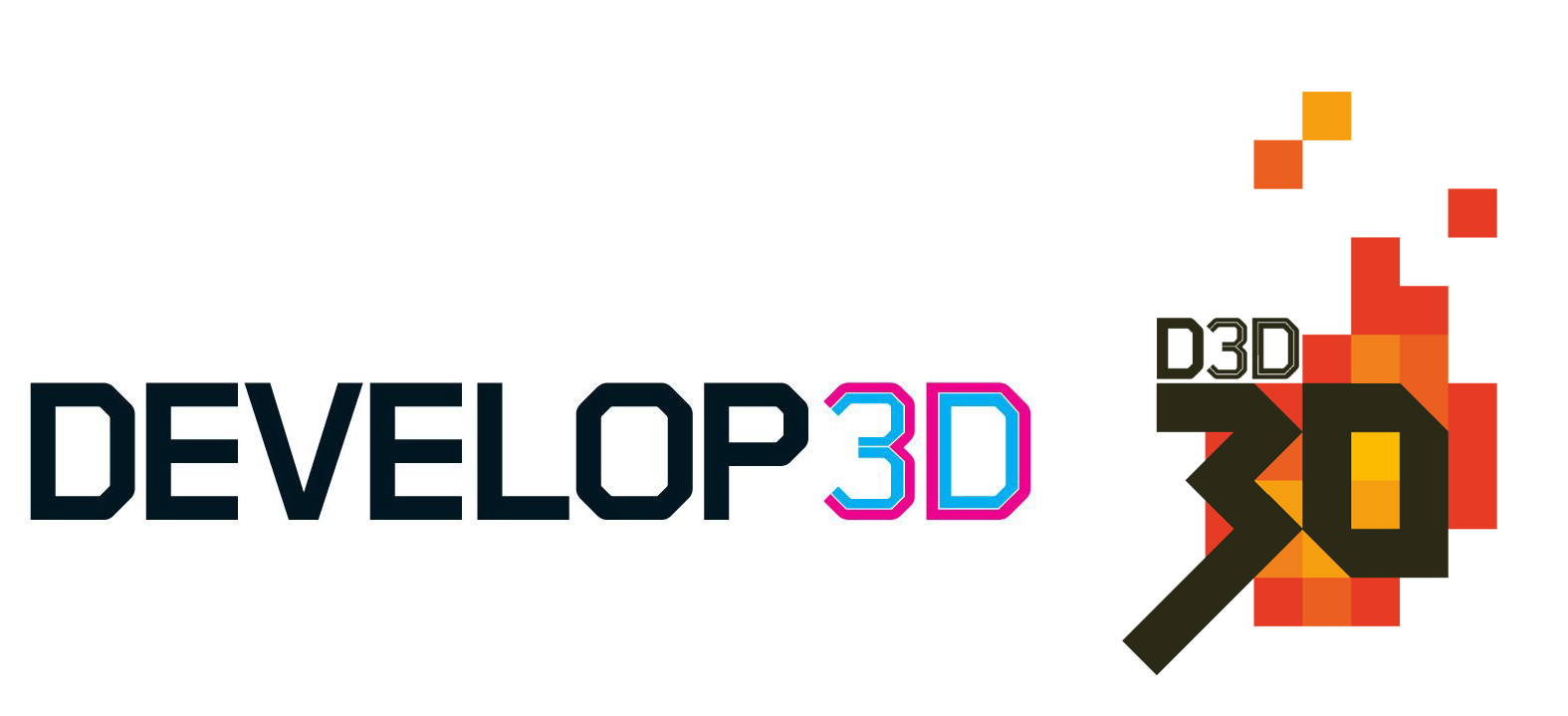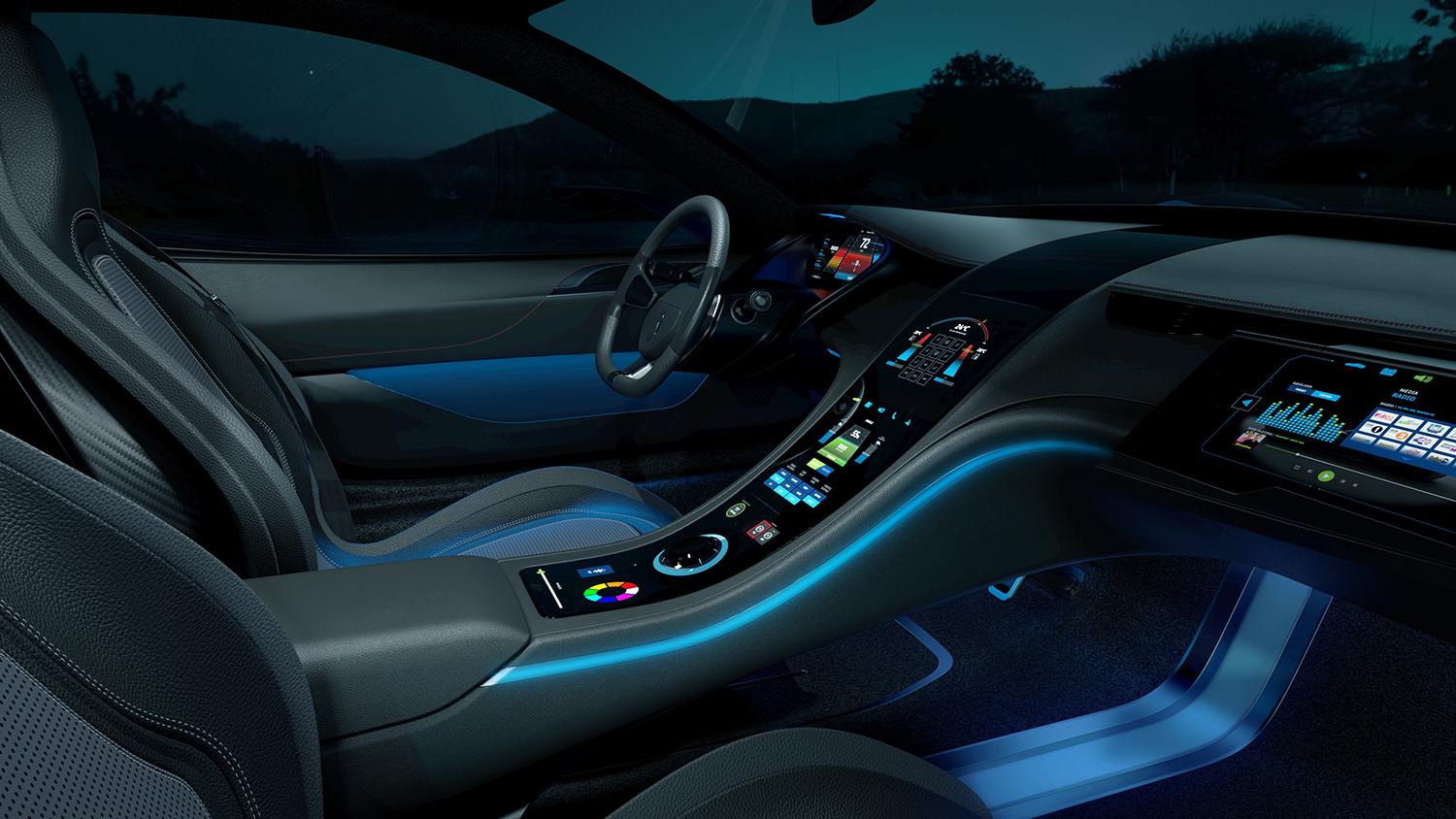Welcome to The 2020 edition of the D3D 30, our round-up of 30 technologies from around the world that we chose to help you give your product development work a major boost
This is the DEVELOP3D 30 List from 2020 – To read the most recent DEVELOP3D 30 List click here
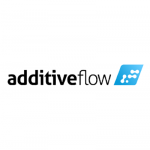 ADDITIVE FLOW
ADDITIVE FLOW
FORMFLOW
Multifunctional optimisation
FormFlow optimises part geometry and material properties simultaneously, using multi-physics algorithms to put the right materials and properties in the right places.
The user can choose from multiple materials and different geometry variants. Subsequently, the software allows them to view productivity, cost and performance outcomes of different design/production recommendations.
From there, they can export the part in production files according to multiple pre-defined parameters.
Currently offered as a consultancy service, Additive Flow’s FormFlow software will be available as a standalone product later in 2020.
 AESUB
AESUB
AESUB BLUE
3D scan highlighting spray
It feels a little weird to include a humble aerosol spray on this list of innovative products, but hear us out.
The range of entry-level to mid-range 3D scanning devices has never been wider. Many of these provide really useful, fast results, and come at a fraction of the price of their metrology- grade peers.
That said, results can be poor when the object to be scanned is too dark or too reflective. That’s just the price you pay with a lower-cost product.
AESUB’s response is a spray that gives your target a consistent, non-reflective white coating, enabling the scanner to grab all the details you need.
The coating disappears overnight, leaving no sticky mess to clean up – it’s like magic in a can.
 ALTAIR
ALTAIR
INSPIRE
Mainstream complex solvers
Altair’s range of technology products is truly is impressive – from mainstays of simulation such as HyperWorks and OptiStruct, through to the more mainstream design tools of the Inspire suite.
The most recent Inspire releases have brought together analyst-specific, heavyweight tools and combined them with its design elements under one roof – so not only do you have mainstream modelling and generative design software, but you’re also getting the simulation power of SimSolid, Optistruct and more.
Backed up with a new integration of MotionSolve, it will help keep those load cases accurate and based on real physics, rather than gut feeling.
AMD
3rd GEN AMD RYZEN THREADRIPPER
64-core compute power
We recently described AMD’s Ryzen Threadripper 3990X as the most impressive CPU we’ve ever seen and nothing has come along since to change our minds.
With its 64 high-frequency cores, you get phenomenal multithreaded and great single- threaded performance in one workstation. Ray trace rendering and CAD have never been such good bedfellows.
Threadripper is currently only available in workstations from a limited range of specialist manufacturers – but surely Dell, Fujitsu, HP and Lenovo can’t continue to ignore this remarkable CPU for long?
Also from AMD, the Radeon Pro W5500 is a pro GPU powerful enough for real-time viz and VR, but only costing $399.
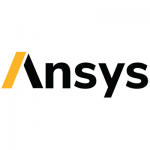 ANSYS/AUTODESK
ANSYS/AUTODESK
SPEOS & VRED INTEROPERABILITY
Light simulation for everyone
The ability to accurately simulate light is a becoming an increasingly vital part of many readers’ workflows.
As products become smarter, more intelligent and more connected, the ability to simulate how they look and how they interact with the human operator at a level more accurate than most rendering approaches offer will become fundamental.
By combining the advanced light simulation tools in SPEOS with the rendering and collaboration environment inside VRED, Ansys and Autodesk are getting closer to true realism in optics simulation and this will have impacts far beyond the automotive sector.
ARTEC 3D
LEO
Onboard 3D scan processing
There are two stages of using a handheld scanner. The first, scanning your target object, is fun and interactive, as you work to ensure you capture data as accurately and comprehensively as possible.
The second stage, post-processing, can be more gruelling, but it’s the successful bringing together of separate scans that typically makes or breaks a project.
Artec’s Leo neatly combines the two, enabling on-device processing of scan data as you work.
It captures data at 0.5mm resolution and tracks position within targets using an internal accelerometer, gyroscope and compass.
A built-in touchscreen enables you to interact with already-captured data
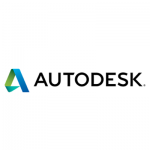 AUTODESK
AUTODESK
FUSION 360
MCAD & ECAD integration
Fusion 360 has been growing in capability for some years. It now runs the gamut: design, simulation, manufacturing and CNC programming up to 5-axis machine tool support.
In 2018, Autodesk acquired Eagle, a developer of a low-cost electronics design and manufacturing packaging that covered schematic, routing and PCB layout.
Integration between the Fusion and Eagle platforms came soon afterwards, but few saw the lock, stock and barrel lifting of Eagle directly into the Fusion interface coming.
Now it’s there: one platform, one set of tools and native-level interoperability between mechanical and electronic design. Impressive.
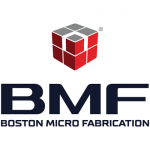 BOSTON MICRO FABRICATION (BMF)
BOSTON MICRO FABRICATION (BMF)
MICROARCH S130
Micro-precision 3D Printers
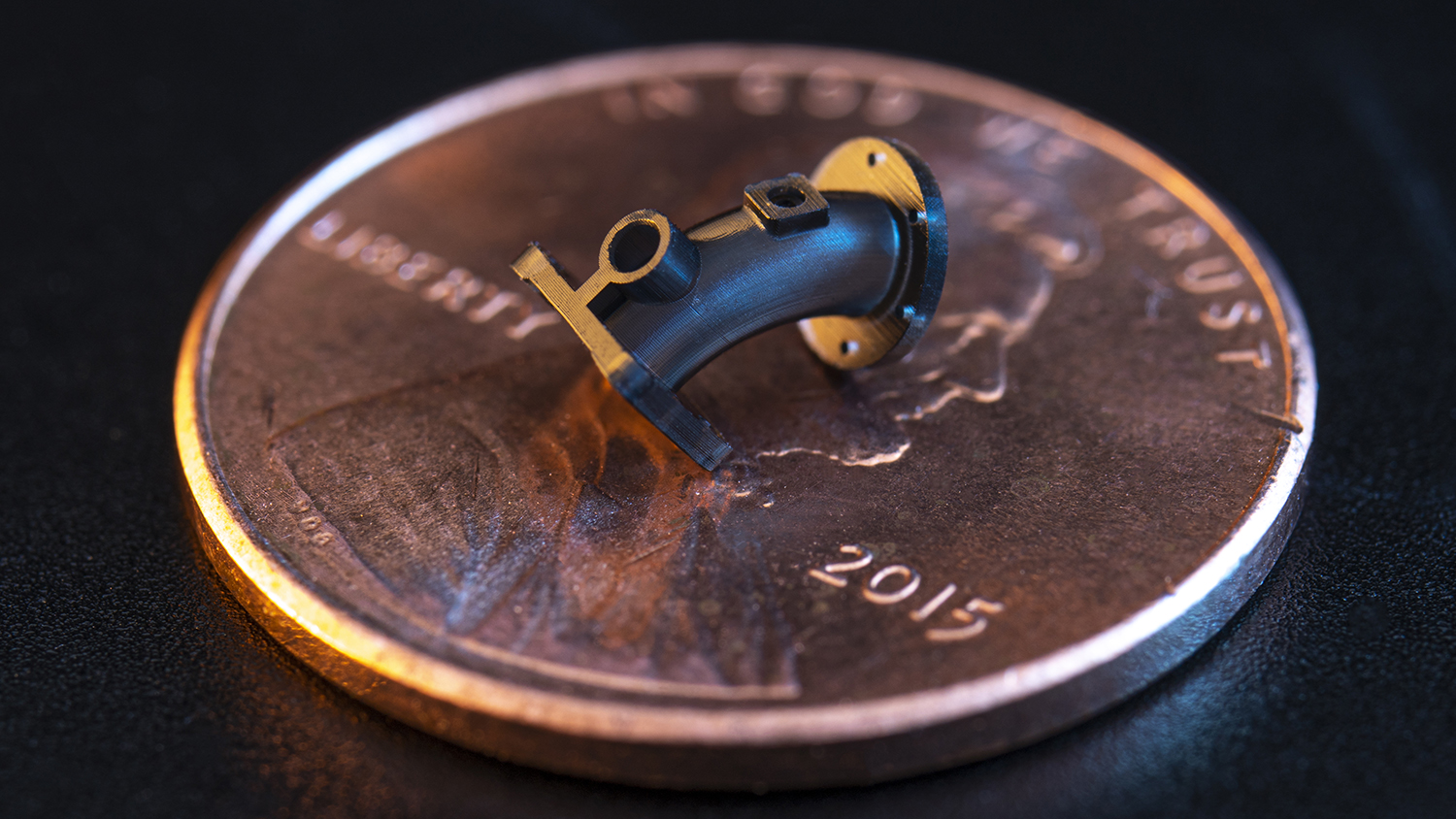
Following its initial launch in Asia, BMF’s MicroArch 3D printer is now being rolled out globally.
MicroArch uses a proprietary approach to DLP 3D printing named PµSL (Projection Micro- Stereolithography).
This leverages light, high-precision optics and increased motion control to produce parts at a scale more than 100 times smaller than a human hair.
In industries such as medical devices and small electronics packaging, the technology should outperform the traditional approach of injection moulding, where complex mouldings can start at $200,000, but only require sub 10,000-unit production runs.
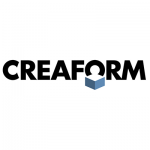 CREAFORM
CREAFORM
HANDYSCAN BLACK
State-of-the-art 3D Scanner
The 3D scanner market is an extremely busy place right now, but for the designer or engineer looking to accurately capture form for downstream use, the Creaform HandyScan Black is a good place to start their search for the right device.
With a volumetric accuracy of 0.035mm (0.025mm with the Elite edition) and using 11 blue laser crosses that take up to 800,000 measurements per second, this device is a beast, and one that’s entirely suited
to tackling a wide range of part sizes, from 50mm to 4m and beyond.
While other vendors can certainly beat it on price, if you’re looking for the state of the art, then the Creaform HandyScan Black is it.
DESKTOPMETAL
FIBER
Continuous composite fibre tape 3D printer
Based on a composite layering process called Micro Automated Fibre Placement (AFP), Fiber’s technology combines desktop FDM simplicity with the capabilities of million-dollar AFP systems.
Producing parts of incredible strength and stiffness, the process can use a broad range of materials and automatically optimise fibre orientation for maximum coverage.
There’s also an ‘Expert Mode’, for tailoring orientation for specific loading conditions.
It prints with two printheads – one for continuous fibre tape and the other for chopped fibre-reinforced filament – and can be arranged into ‘print farms’ of six or 10 printers.
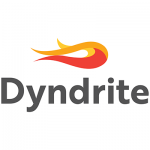 DYNDRITE
DYNDRITE
THE DYNDRITE KERNEL
GPU-powered additive manufacturing workflows
Dyndrite has developed its own software kernel that enables it to use GPU-powered technology to directly import native CAD files (or the most complex STLs) and then output to any 3D printer.
The technology uses CAD splines and metadata to improve the speed and quality of the workflow and this is passed directly into the printed parts.
It’s fiercely effective, using all your computer’s hardware power to get every job done better and faster, and it comes with a user interface that’s easy to understand and work through.
The list of additive manufacturing giants queuing up to partner with Dyndrite is a serious sign of its prowess.
FORMLABS
TOUGH 2000 RESIN
Robust resin for desktop SLA
Stereolithography (SLA) has been a staple of product development prototyping for years – and then along came Formlabs to change the game entirely.
The company has introduced SLA to a whole new audience, eager to put it to work.
Many will welcome the company’s latest material, Tough 2000, which builds on the other engineering resins in its portfolio, combining excellent stiffness with strength.
In short: it’s an ABS mimic in terms of look, feel and mechanical performance.
Tough 2000 offers some interesting side benefits on thermal performance, too, with better ratings for heat deflection than the company’s standard Tough Resin.
FORTIFY
FLUX ONE
Tuneable 3D printing composites from resin
Composites 3D printing, until recently, existed only in the filled material spools used in FDM. But Fortify is looking to push back some boundaries here.
The Flux One 3D prints parts from a UV-curable resin that contains composite microfibres.
These fibres can be manipulated before curing, enabling them to be organised by a precise electromagnetic field into a strength-generating pattern.
A digital light projector selectively sets areas of the resin, a process that is repeated multiple times for each layer. This results in different composite alignment directions, for super-strong parts and high-resolution detail.
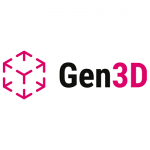 GEN3D
GEN3D
Generative design with splines
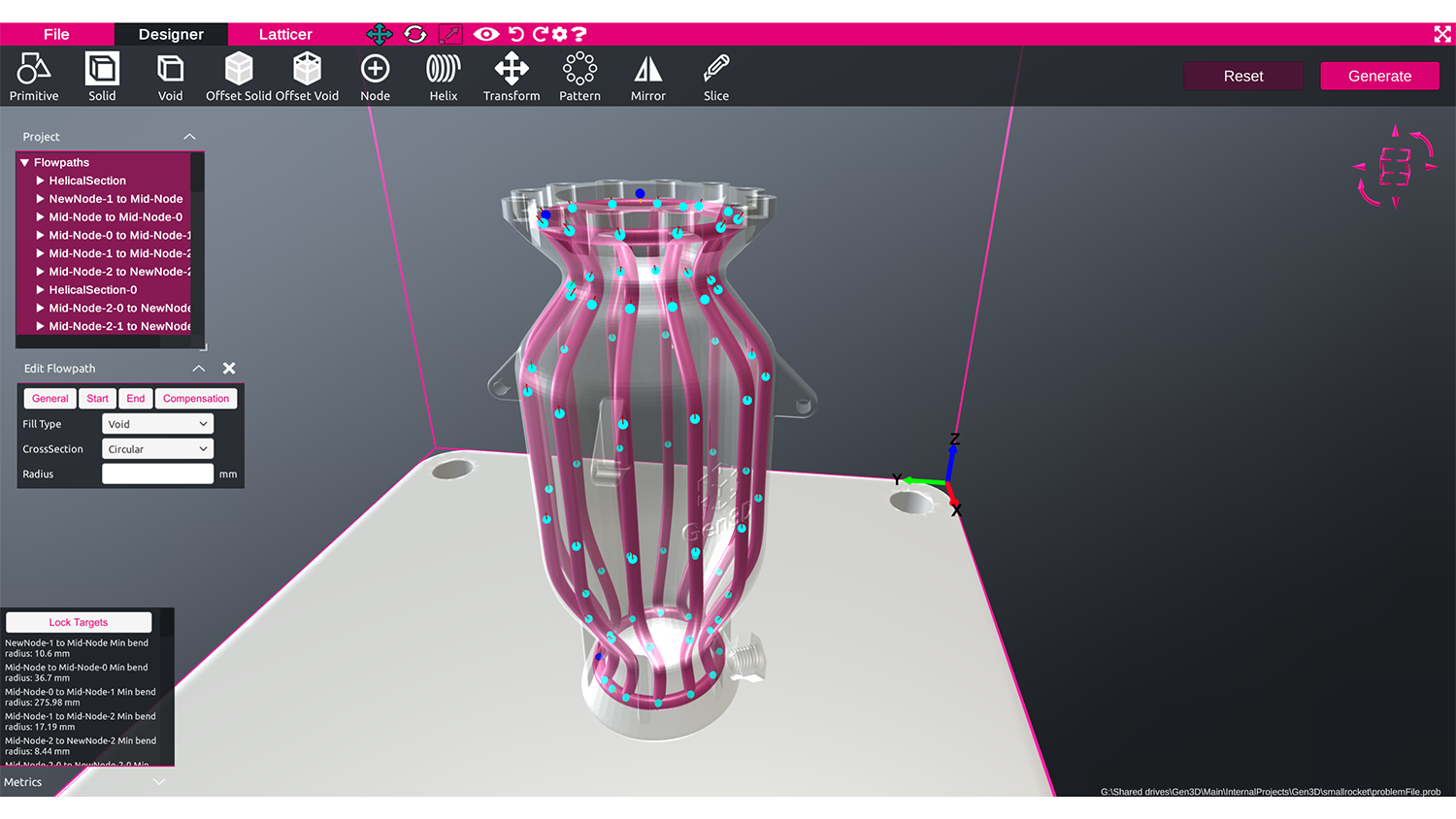
With its ability to edit with 3D spline technology, Gen3D enables users to create complex flow path or truss geometries, via the simplicity of click-and-drag controls.
Our favourite example of its powers focuses on a traditional block manifold which, with many topology optimisers, might easily reduce to just the minimal structural material around the valves.
The valves will still protrude at right angles, as that will be deemed the only way to manufacture the part.
What sets Gen3D apart is its ability to simulate the optimum flow angles of those valves and redesign both them and their supporting structure to take advantages of additive manufacturing.
Continuous automated manufacturing checks mean that downstream build constraints are never lost amidst all the design work.
 LUXION
LUXION
KEYSHOT REALCLOTH
From fluff to thread
Luxion has been pushing the boundaries of what a mainstream visualisation system can do for over a decade.
Recent releases have seen new tools added that extend the capabilities of the system way beyond what a design-focused tool could traditionally handle. Out of all of them, we love RealCloth the most.
The ability to accurately visualise soft materials, with their grills and grids, is increasingly important for those engaged in industrial and product design, not to mention colour materials and finish specialists.
KeyShot’s RealCloth lets them not only define the visual appearance of a fabric, but also how it is manufactured and the associated visual qualities.
MAKERBOT
MAKERBOT LABS
Opening up desktop 3D printing
The MakerBot Method is already a solid desktop FDM 3D printer, but the move to an open material platform under the MakerBot Labs guise makes it a very interesting prospect.
A new MakerBot Labs extruder allows you to build parts with a wide range of engineering- grade materials from big-name polymer suppliers, including BASF 3D Printing Solutions, Lehvoss Group and Jabil.
There’s a lot to play with in the new interchangeable nozzle assemblies and expanded print settings in MakerBot’s print preparation software, which really make the most of parent company Stratasys’ many patents.
 MICROSOFT
MICROSOFT
AZURE NVv4
Virtually perfect for CAD
Microsoft’s Azure NVv4 family of virtual workstations is not only perfect for 3D CAD but also keen on price, starting at $0.233/hour.
Microsoft makes this possible through an impressive density of users, using a combination of 64-core AMD Epyc CPUs and AMD Radeon Instinct MI25 GPUs, which can be virtualised at a hardware level.
Customers can work directly with Microsoft, or alternatively, through several specialist service providers that can simplify deployment and offer expert consultancy.
Once set up, CAD users can work from anywhere on any device – perfect for these challenging lockdown times.
MSC
APEX GENERATIVE DESIGN
Generative tools with solid simulation backing
The tools in MSC Apex Generative Design may be young, but the system now has a clear roadmap, thanks to its 2017 acquisition by Hexagon.
Once fully fledged, the system will be able to take advantage of other technologies from across Hexagon’s portfolio.
This might include materials and composites data from Digimat; access to Simufact’s process simulation software; even links to systems simulation tools like Adams.
Add into the mix quality assurance of 3D printed parts with Hexagon’s Volume Graphics, and you’re looking at a pretty comprehensive arsenal.
 NTOPOLOGY
NTOPOLOGY
NTOP PLATFORM
Enabling the design of the complex
NTopology’s nTop Platform is looking to solve issues that a resurgence of interest in geometric freedom has raised.
It takes a field-driven approach to complex geometry, giving you a more robust and repeatable way of taking a geometry base and processing it to achieve the form you want.
That might be applied, for example, to light-weighting structures, architecting of materials, optimising topology or pre-processing of complex forms for more efficient build runs.
NTop Platform shouldn’t be seen as an additive-only design tool; its procedural and field- driven approach has applications across a much broader spectrum of design and engineering.
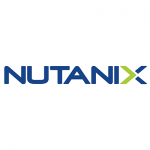 NUTANIX
NUTANIX
XI FRAME
Take your workstation anywhere
This impressive cloud workstation service, designed to ‘run any software in a browser’, stands out to us for its simplicity.
Users can get up and running in a matter of minutes. Prices start at $30 per named user, per month – and you only get billed for the hours you actually use.
There’s a variety of Frame systems to rent, all offering different levels of CPU, GPU and memory, so that customers can find exactly the right fit for them.
Frame was born in the cloud and today, it runs on Microsoft Azure, Amazon Web Services (AWS) and Google Cloud, so there’s great global coverage. Prospective customers get a free two-hour test drive.
NVIDIA
QUADRO RTX
A graphics powerhouse
Nvidia may have originally launched Quadro RTX back in 2018, but 2020 will be the
year when its GPU-accelerated real-time ray tracing technology truly comes of age.
Over the last six months, we’ve seen the commercial release of several RTX-enabled pro viz applications, including Solidworks Visualize 2020, Autodesk VRED 2021 and Chaos Group V-Ray NEXT.
Arguably the most significant is Luxion KeyShot 9, a stalwart of CPU rendering that has finally embraced the GPU as well.
With Nvidia RTX, ray tracing isn’t necessarily ‘real time’ in its strictest sense, but it’s still incredibly fast.
It’s also very scalable. Want faster renders? Simple – just add a second GPU.
 OPENBOM
OPENBOM
OPENBOM
BOM-based management with account integration
In a world of overly complex data and product management systems that cost a small fortune to buy and another small fortune to implement, OpenBOM is a breath of fresh air.
Its focus is on allowing distributed teams to manage their product at the BOM level, accurately and in a manner consistent with the realities of design and manufacturing, rather than a software developer’s perspective.
The CAD integration is first class; its cloud-based nature means few implementation challenges; and the ability to connect a product management system to accounting makes great sense.
OQTON
OQTON FACTORY OS
AI-Power for intelligent manufacturing
Billed as an ‘end-to-end production platform’, Factory OS represents the next level of additive build software.
By combining the power of artificial intelligence (AI) with its cloud-based approach to the industrial Internet of Things (IIoT), it is able to connect factory floor equipment to create full, closed-loop manufacturing.
Oqton will blow minds with its topology optimised support structures and ability to perform dense nesting on the build tray.
Its best trick, however, may well be its AI-based ability to learn from your best machine operators, retain their knowledge and find ways to improve on their methods.
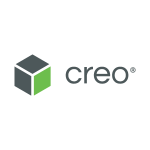 PTC
PTC
CREO 7
Multibody Modelling, but better

While multibody modelling has seen a rebirth of interest in recent years, it has been a core part of many users’ workflows for many years.
PTC has always been reticent to introduce it, but finally took the plunge with Creo 7.
Instead of copying from others, the company has made the extra effort to consider how multibody modelling is used and introduced capabilities to better support it.
A good example is the ability to define a ‘body’ as construction-only; this helps maintain accurate mass and volume calculations in a part and allows bodies to hold their own material and mechanical properties, meaning they can be better documented.
PARAMATTERS
COGNICAD
Approachable generative design
Underneath a pleasant UI, CogniCAD is a seriously quick topology optimiser for light-weighting, AM and investment casting designs.
It’s not a ‘one- click’ solution, but the fact it can be run via a touchscreen display through a browser says a great deal.
Prospective customers are likely to be attracted by its variety of loading conditions (forces, pressure, acceleration, thermal loads and vibrations) and its tuneable design goals/ constraints.
CAD-agnostic, the software is a pay-per-design service, with several subscription and enterprise options available.
 SHAPR3D
SHAPR3D
SHAPR3D APP
Direct modelling for iPad
The iPad promised the design community much from the start – but aside from Onshape’s native iPad app, there’s not been much available in the way of 3D modelling for the platform.
That’s all changed with Shapr3D. Built on the industry- standard Parasolid platform, it takes advantage of the iPad’s multitouch interface, used in conjunction with the Apple Pencil, to allow you not only
to open, view and edit existing models, but also create them from scratch using a direct modelling approach.
Considering it costs less than £200 a year, this is a tool that iPad-using designers and engineers could find a lot of use for.
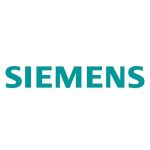 SIEMENS DIGITAL INDUSTRIES SOFTWARE
SIEMENS DIGITAL INDUSTRIES SOFTWARE
CONVERGENT MODELLING
Meshes alongside surfaces
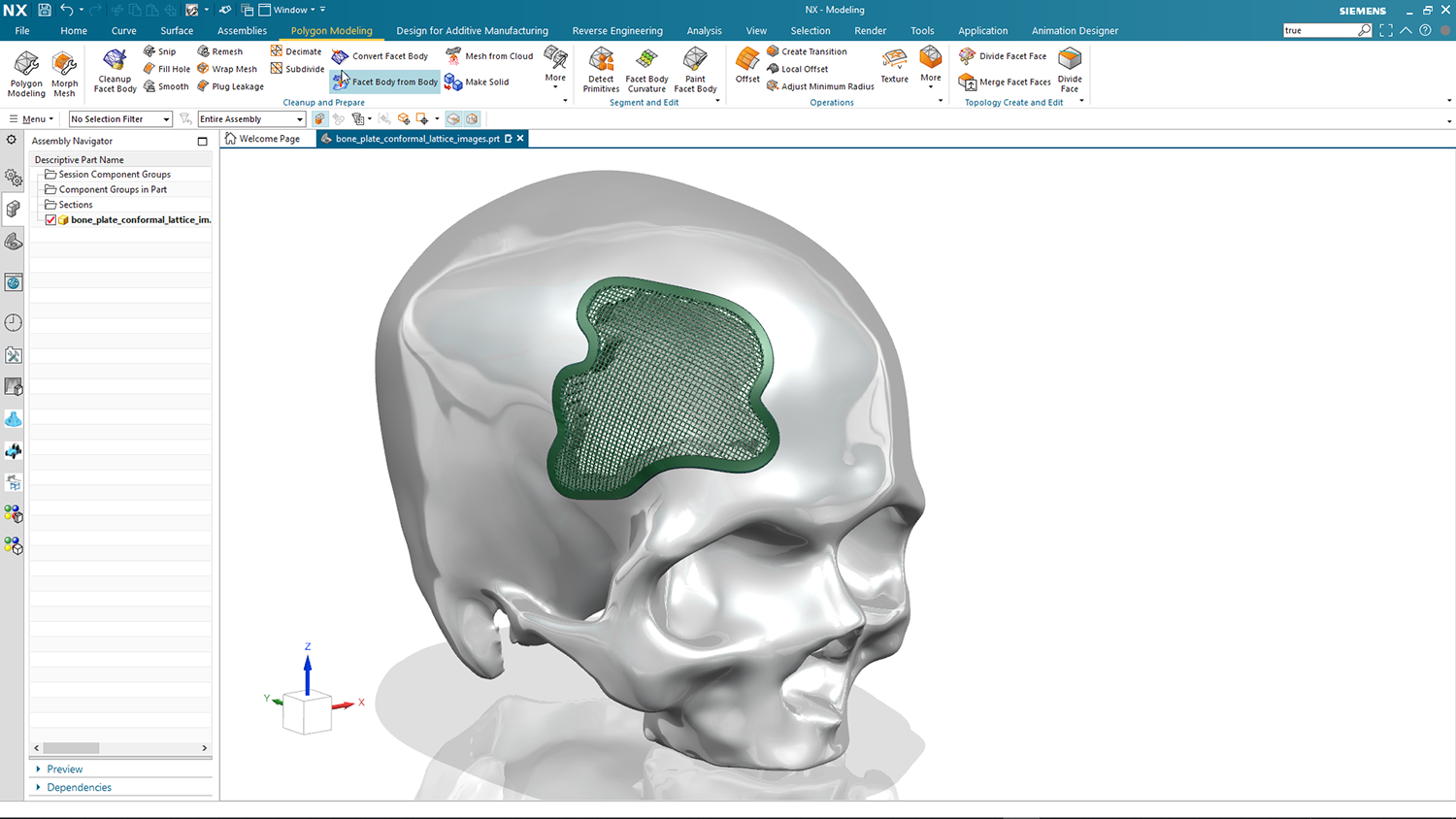
The use of mesh-based geometry alongside more analytical solids and surfaces has been a challenge since the inception of the CAD industry – one that very few vendors, apart from a few notables, have attempted to solve to date.
Siemens has developed a new method that allows users to bring together mesh-based data alongside solid and surface geometry in a single, integrated manner and the company has made it available in both NX and Solid Edge.
This opens up a new set of workflows and capabilities in the process, from better use of 3D scan data to reusing the results of your simulation or optimisation processes.
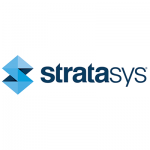 STRATASYS
STRATASYS
J55 3D PRINTER
Colour made to work
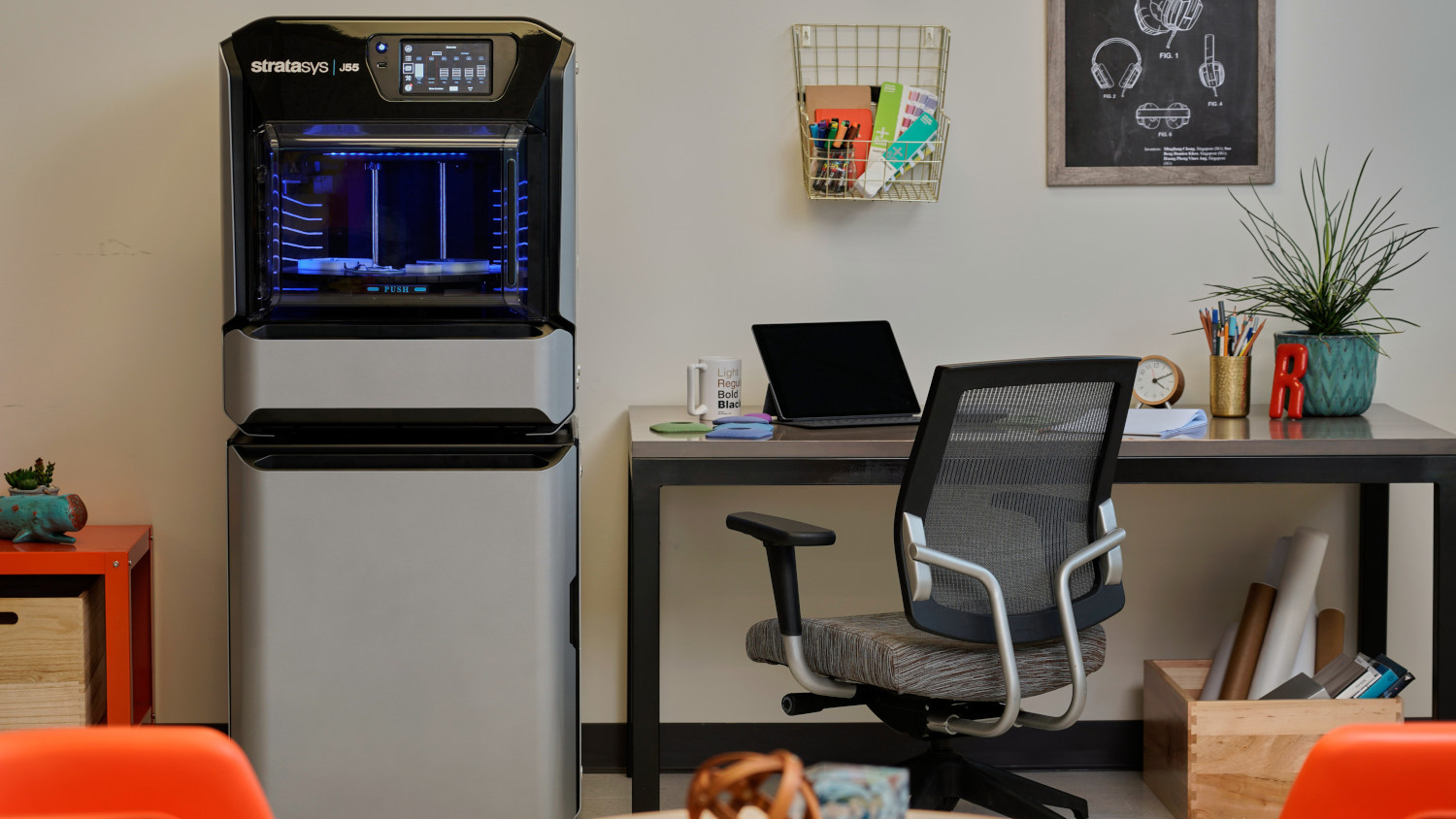
Colour 3D printing has until now been something of an expensive folly, for which most designers have found a workaround.
While hardly cheap, at $99,000, the J55 is the far more affordable little sibling of the Stratasys J850, yet manages to pack in all the same Pantone-validated colours and high-resolution surface finishes into a quiet, more office- friendly package.
Most important are the promised workflow changes that mean all the colours, textures and materials (including transparency!) you define in a KeyShot visualisation can now be sent to 3D print on the J55 in a couple of clicks – giving you the full package for selling a concept.
VARJO
XR-1 HEADSET
Next level Mixed Reality
Still in Developer Edition, the XR-1 is Varjo’s professional mixed reality (MR) device for engineers, researchers and designers.
With its ‘human eye resolution’ fidelity, ultra-low latency and integrated eye tracking, the
XR-1 seamlessly merges virtual content with the real world, and its engineers still haven’t finished finessing what it can do.
On their radar: real-world lighting on MR objects, to create MR shadows and reflections.
The headset allows users to switch seamlessly between mixed reality and full virtual reality,
to test designs and manipulate surroundings with pixel-perfect control.
VRGINEERS
XTAL HEADSET
Hi-Res VR with added hand-tracking reality
The XTAL (pronounced ‘Crystal’) professional VR headset, say its developers, is all about allowing users to focus on the task at hand.
It features embedded Leap Motion hand-tracking, and seamless voice commands through built-in microphones, coupled to voice recognition software for intuitive controls while immersed in a project.
It’s no slouch, with its 2020 pro spec offering 8K OLED resolution, eye tracking at up to 210 fps and a 170-degree field of view.
It comes optimised for use with Nvidia Quadro professional GPUs and features plug-and-play integration with software such as Autodesk VRED.

